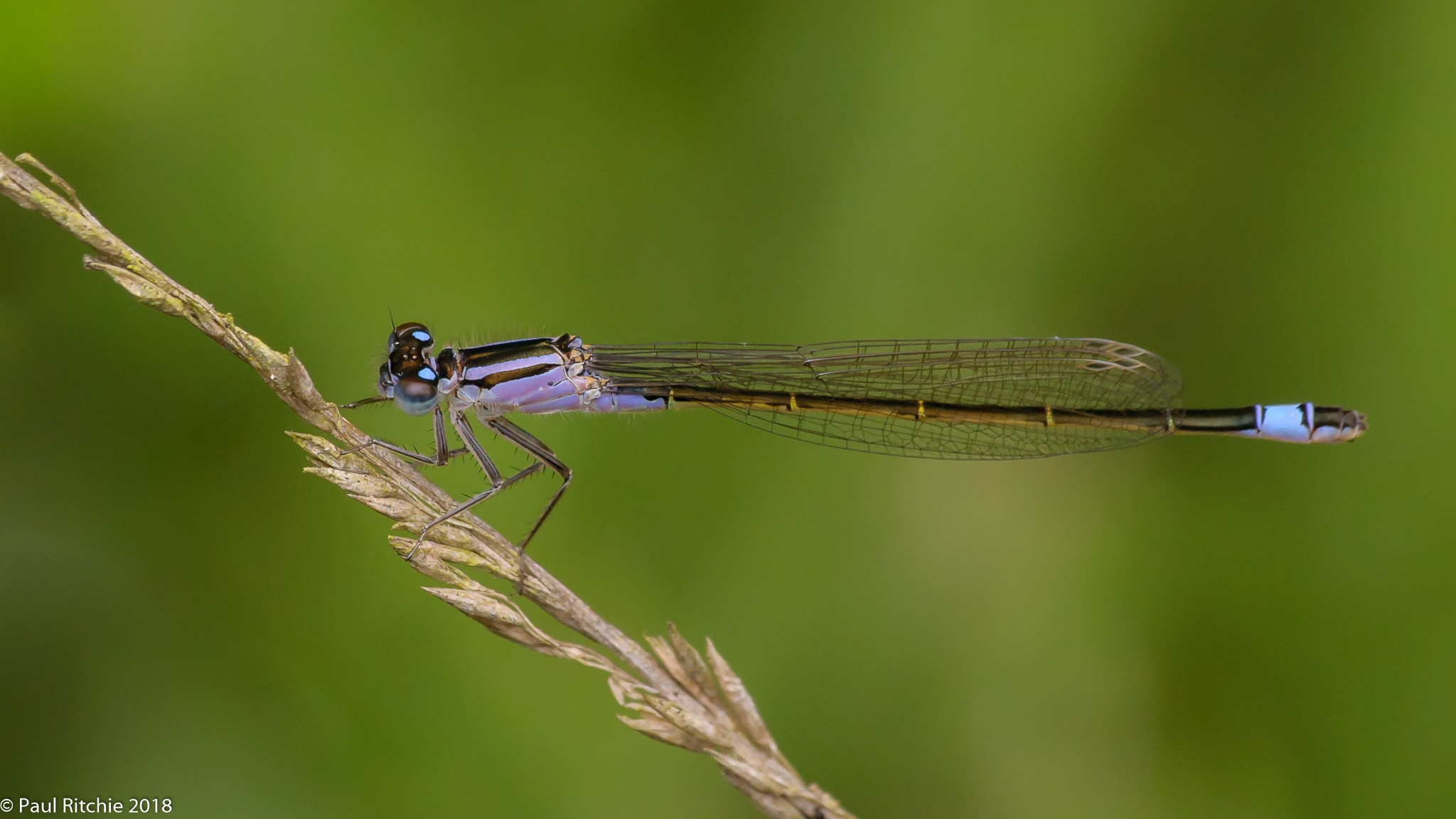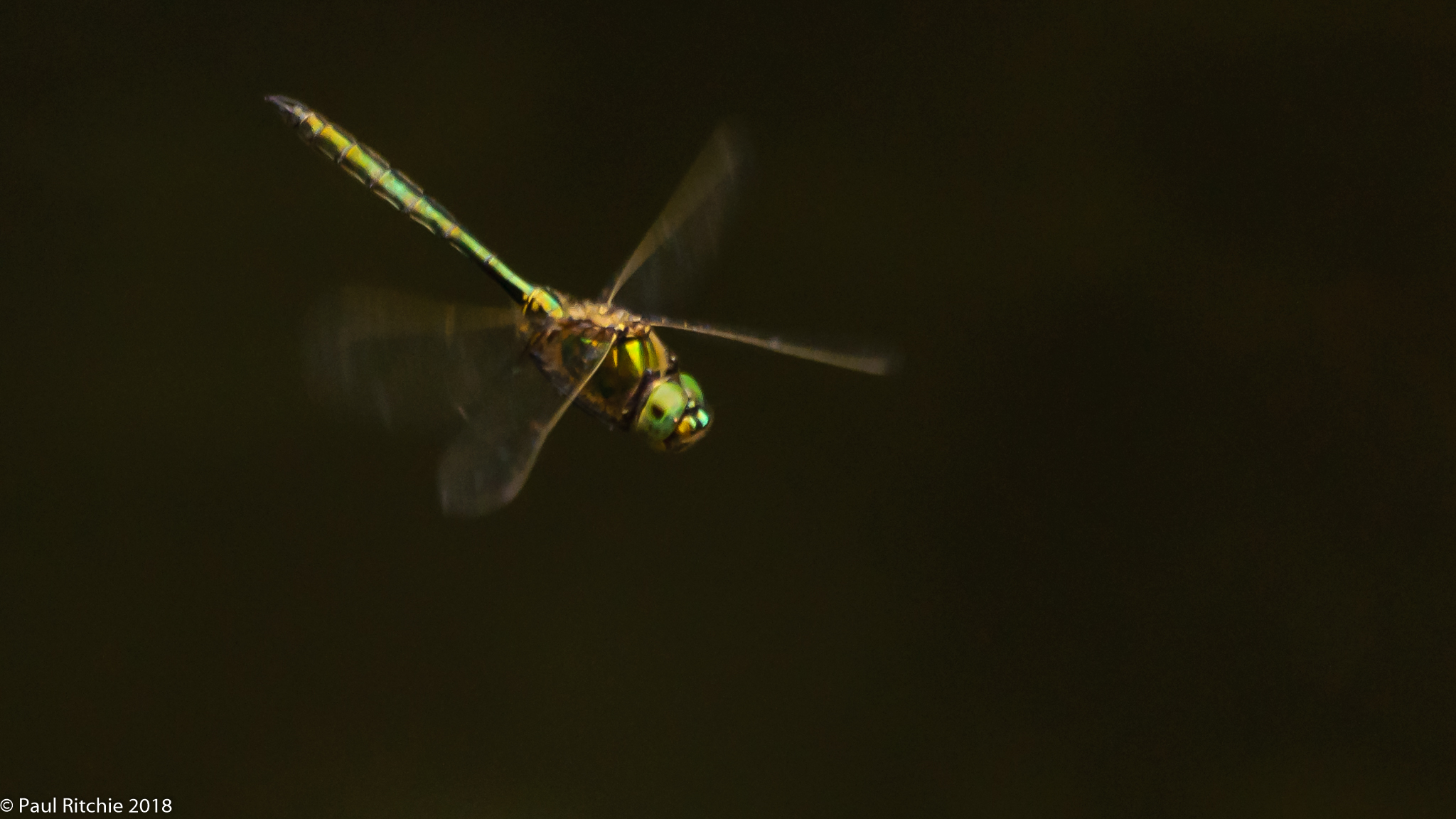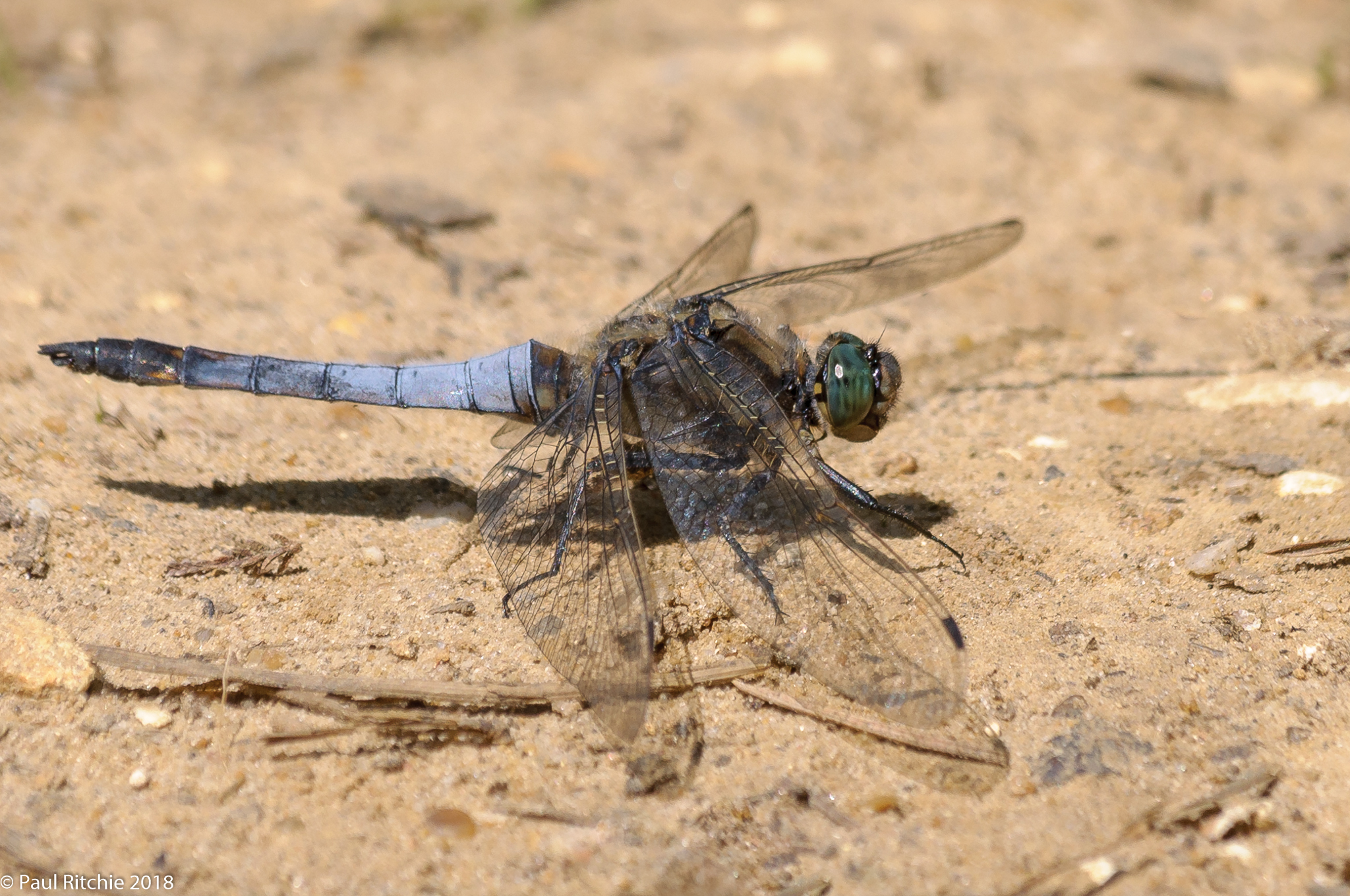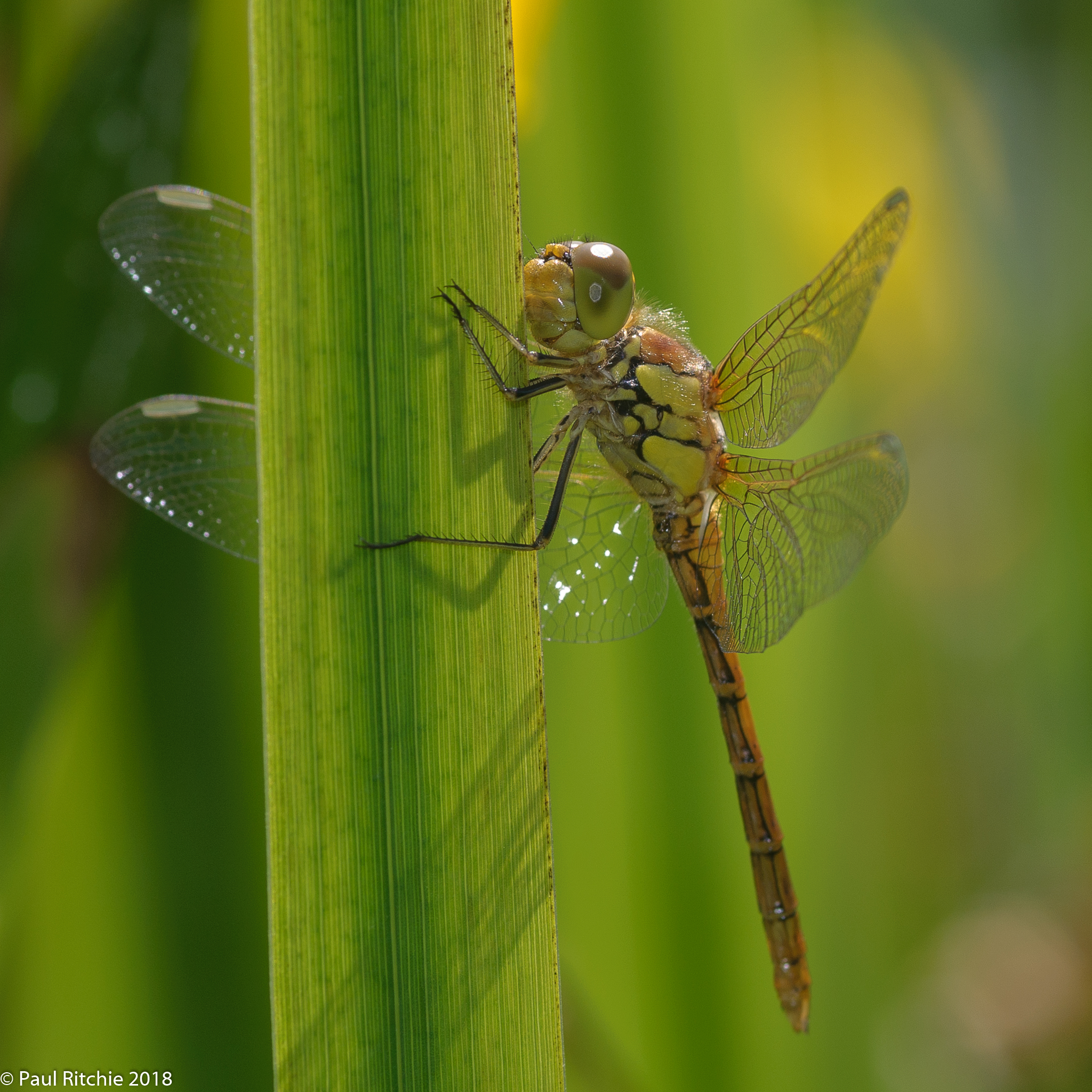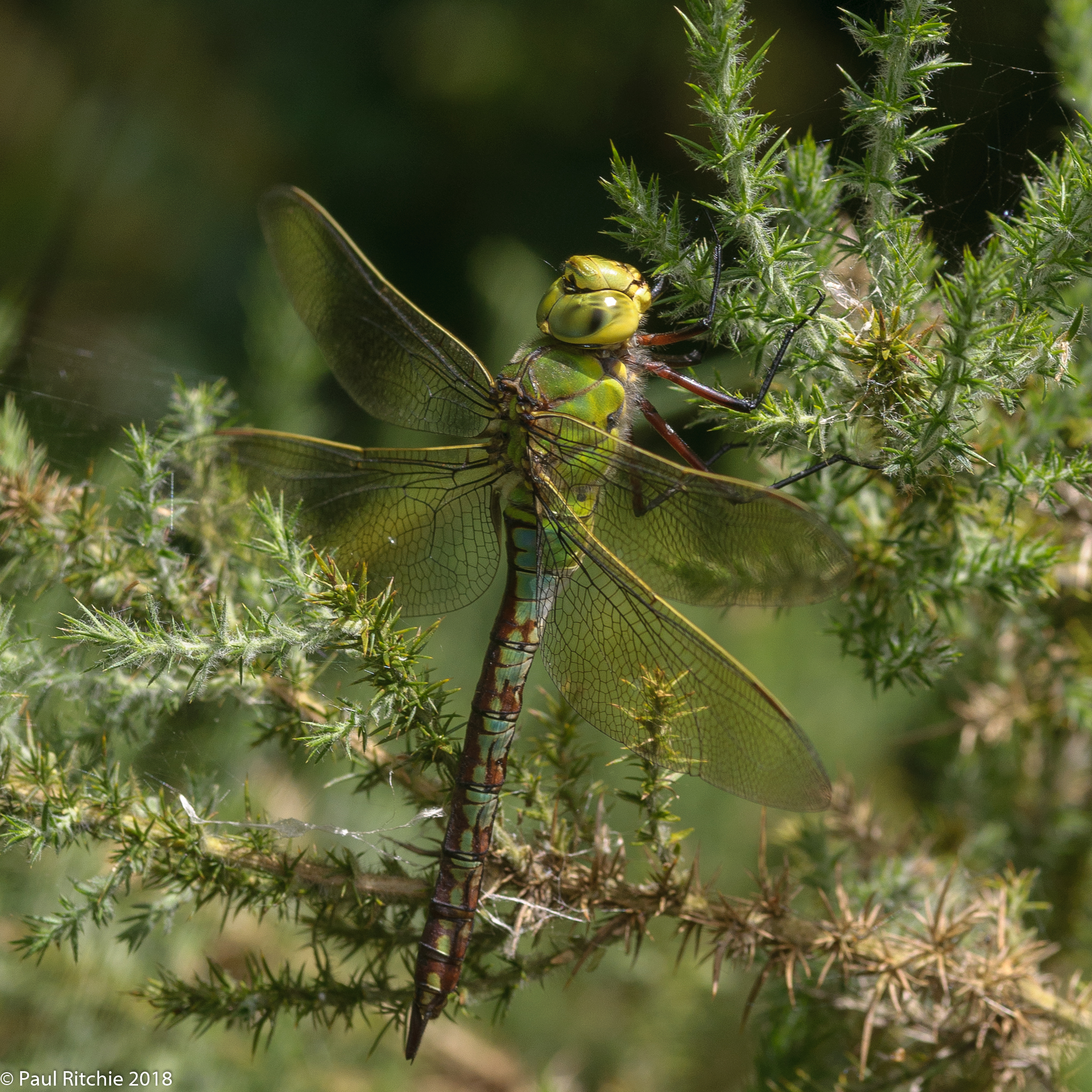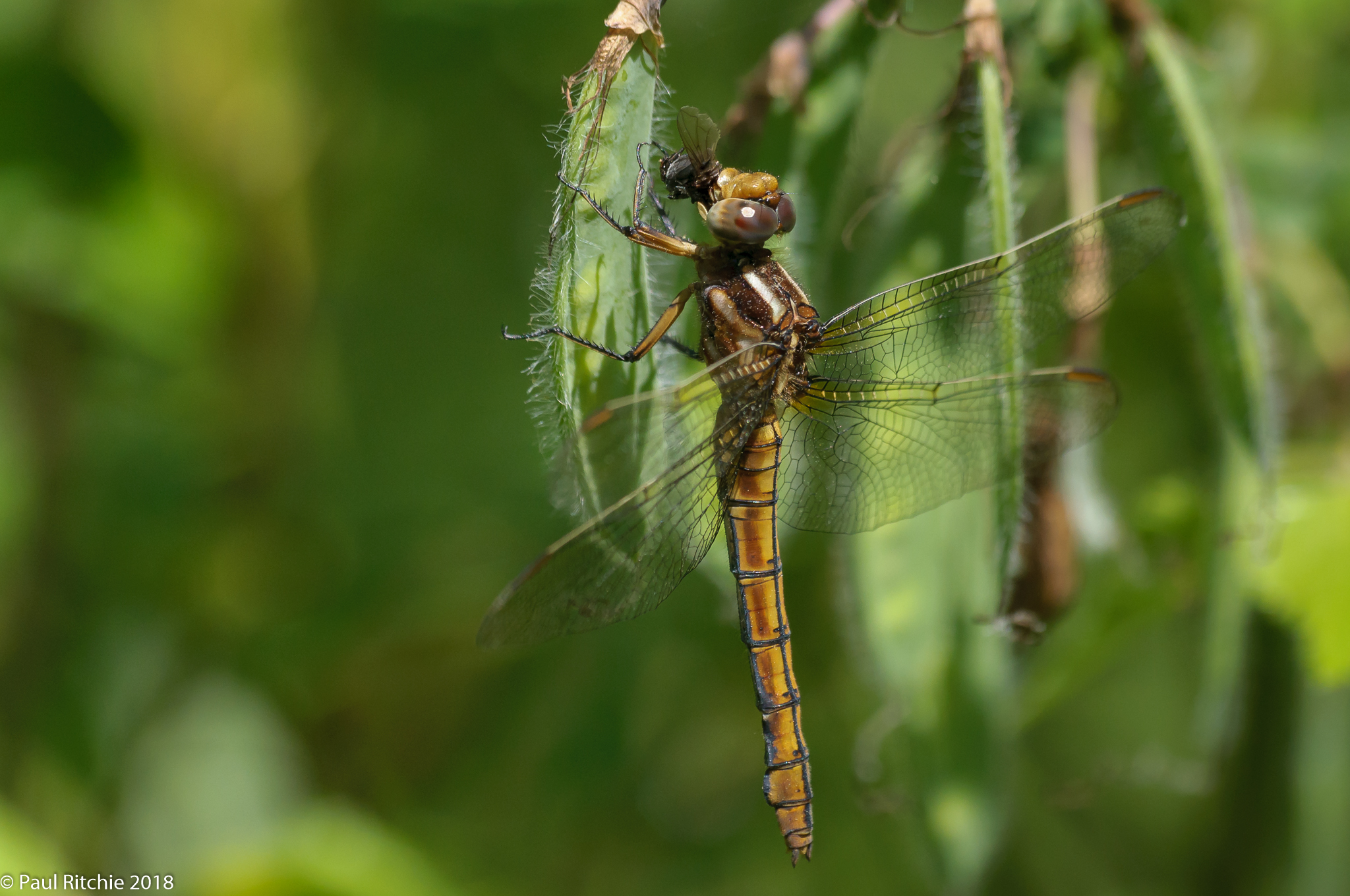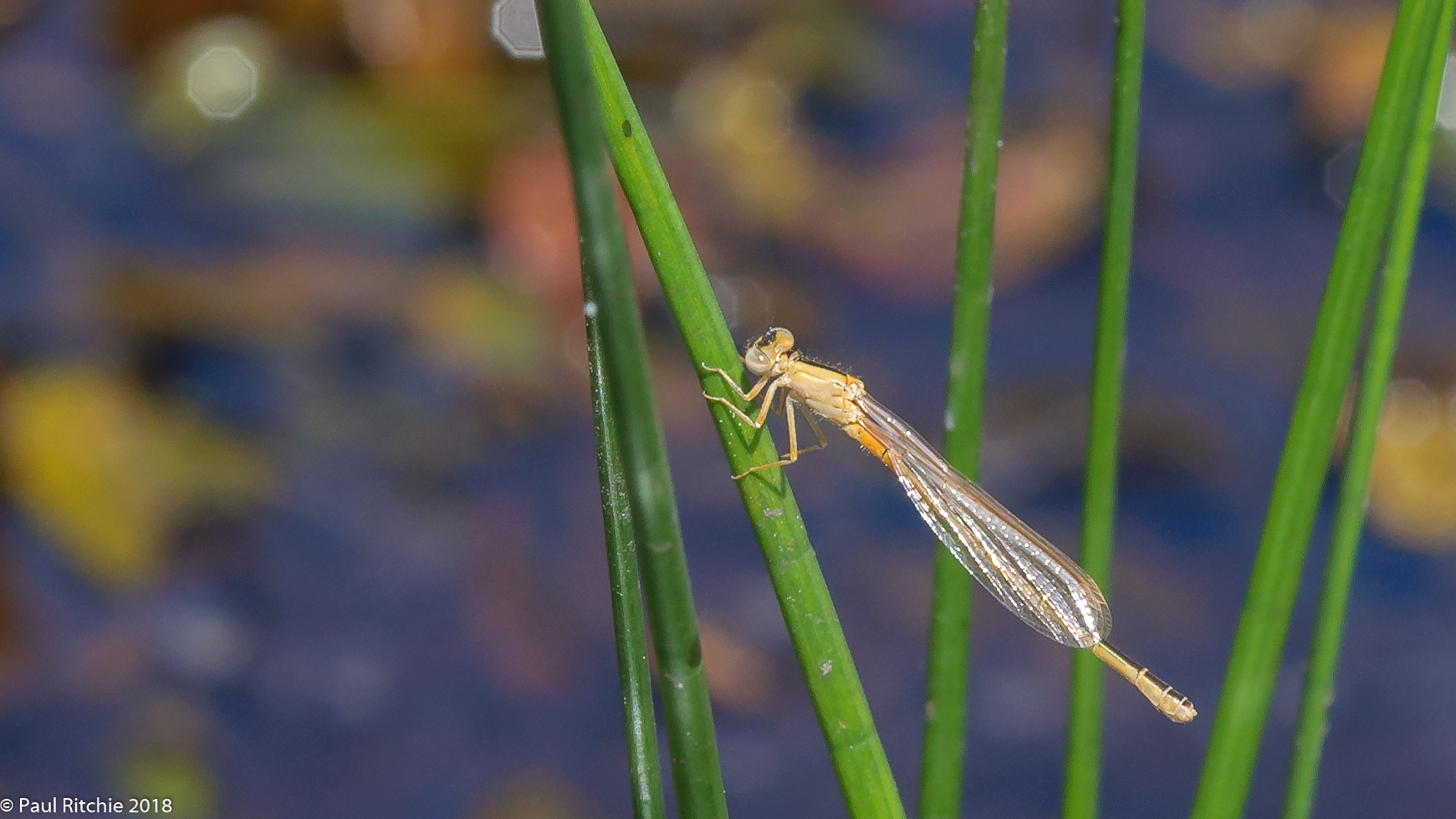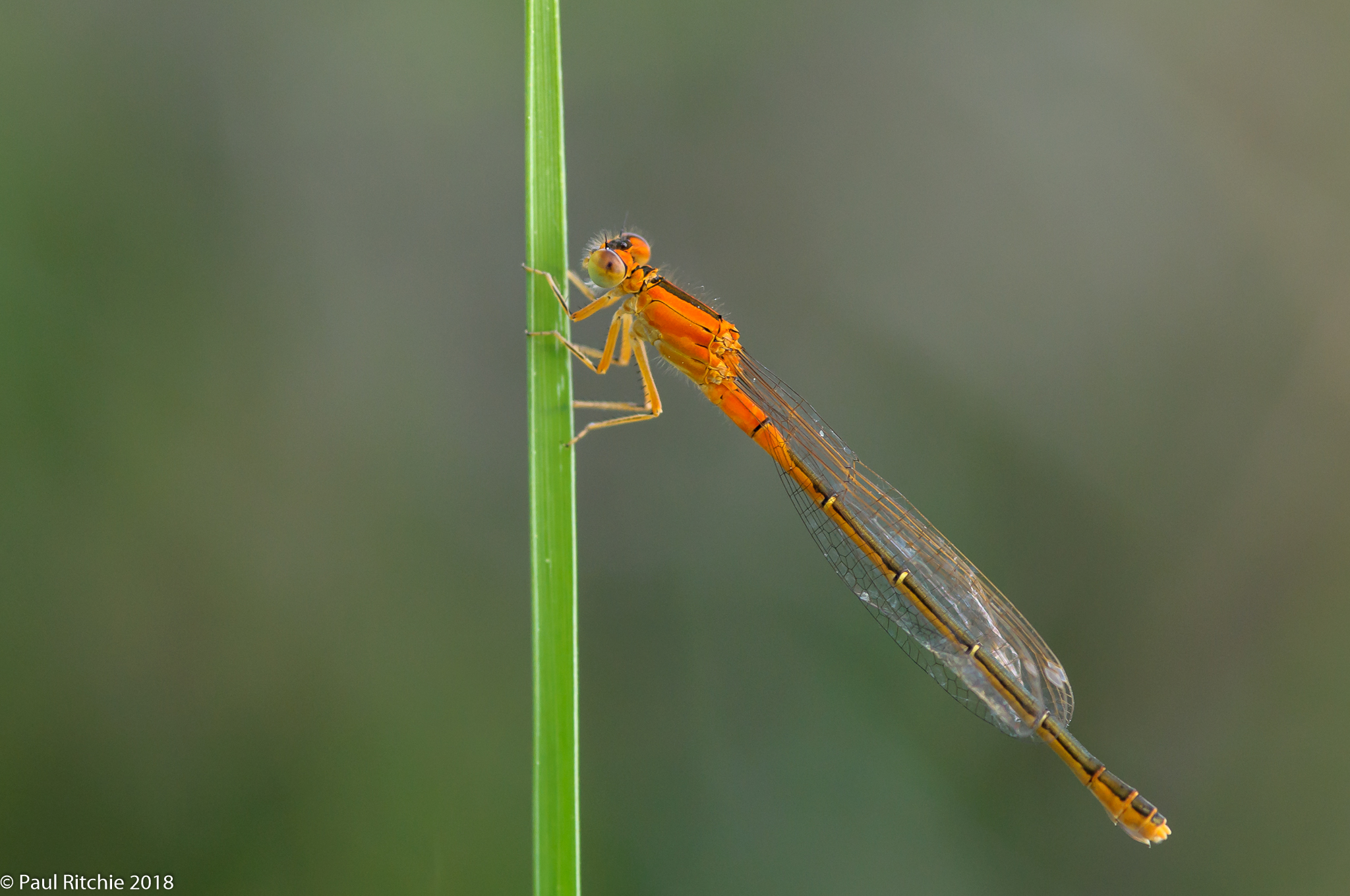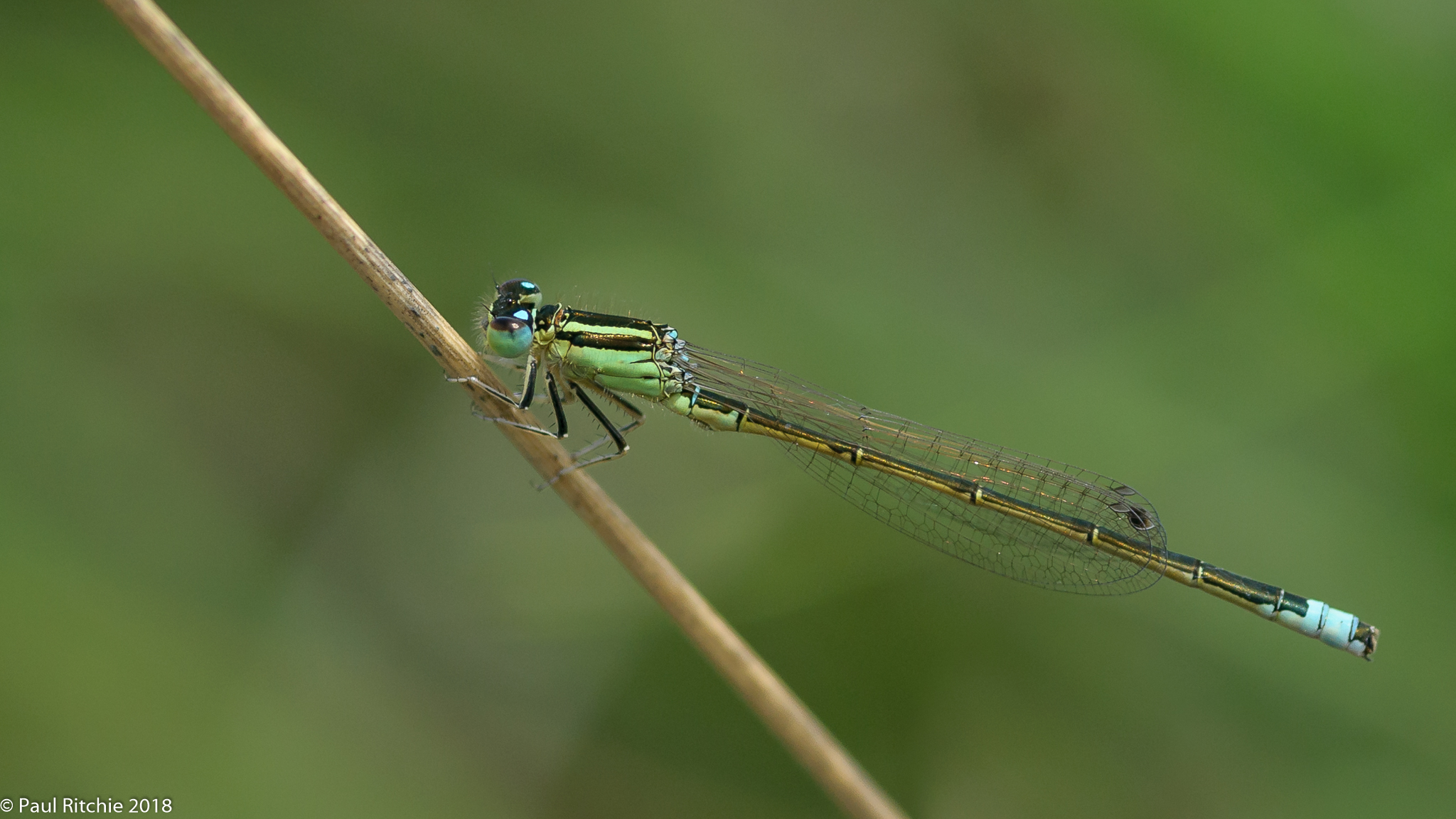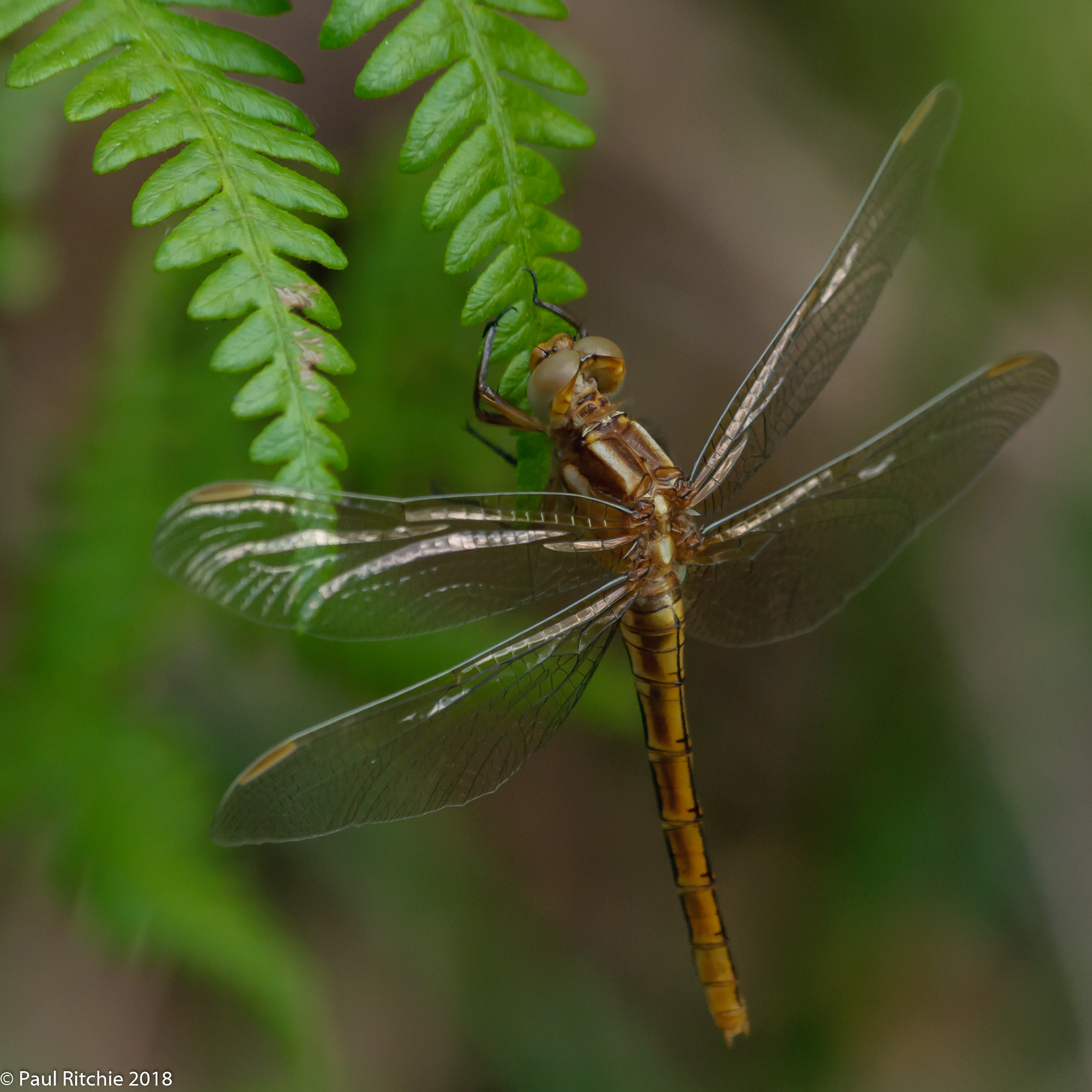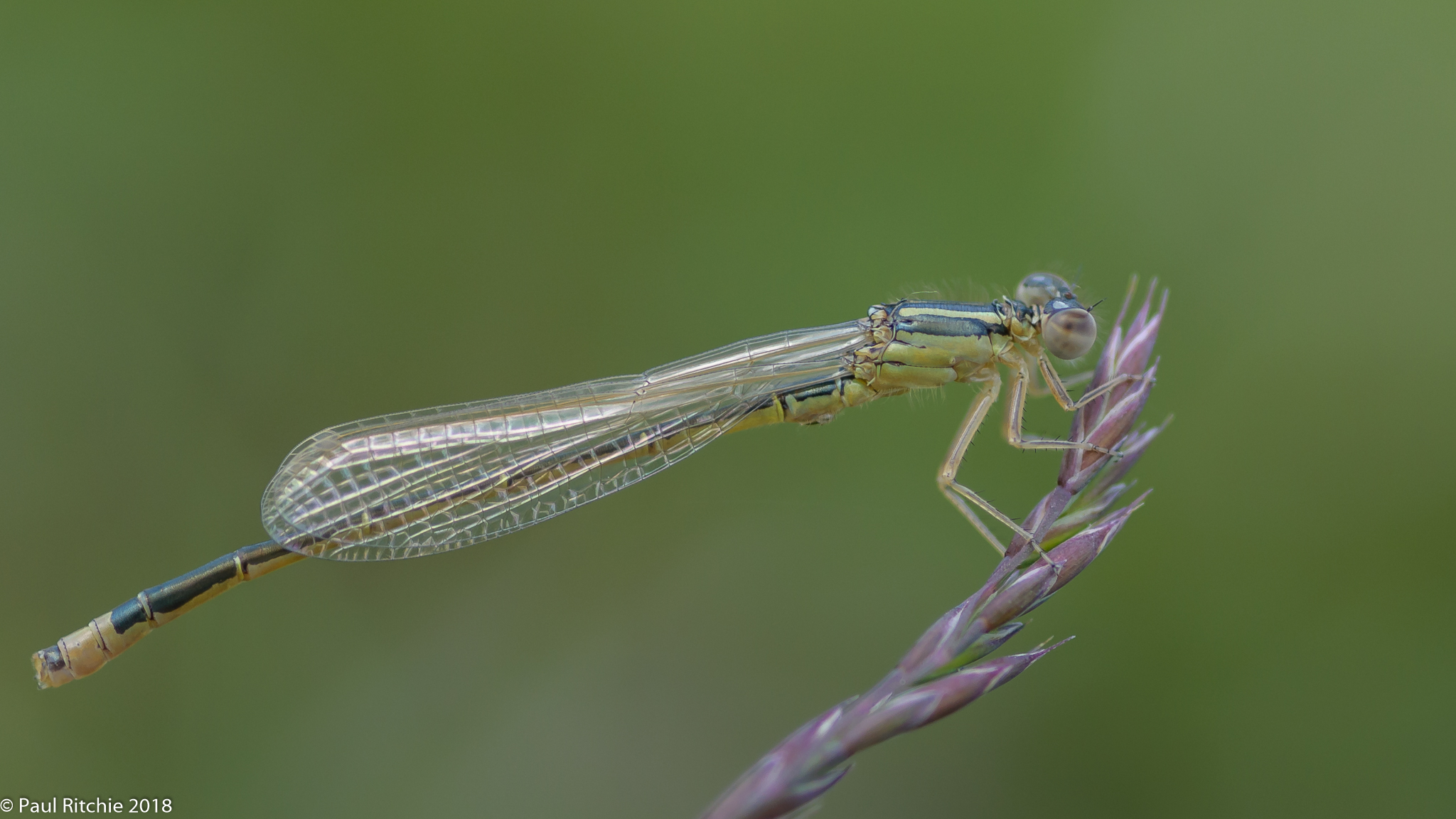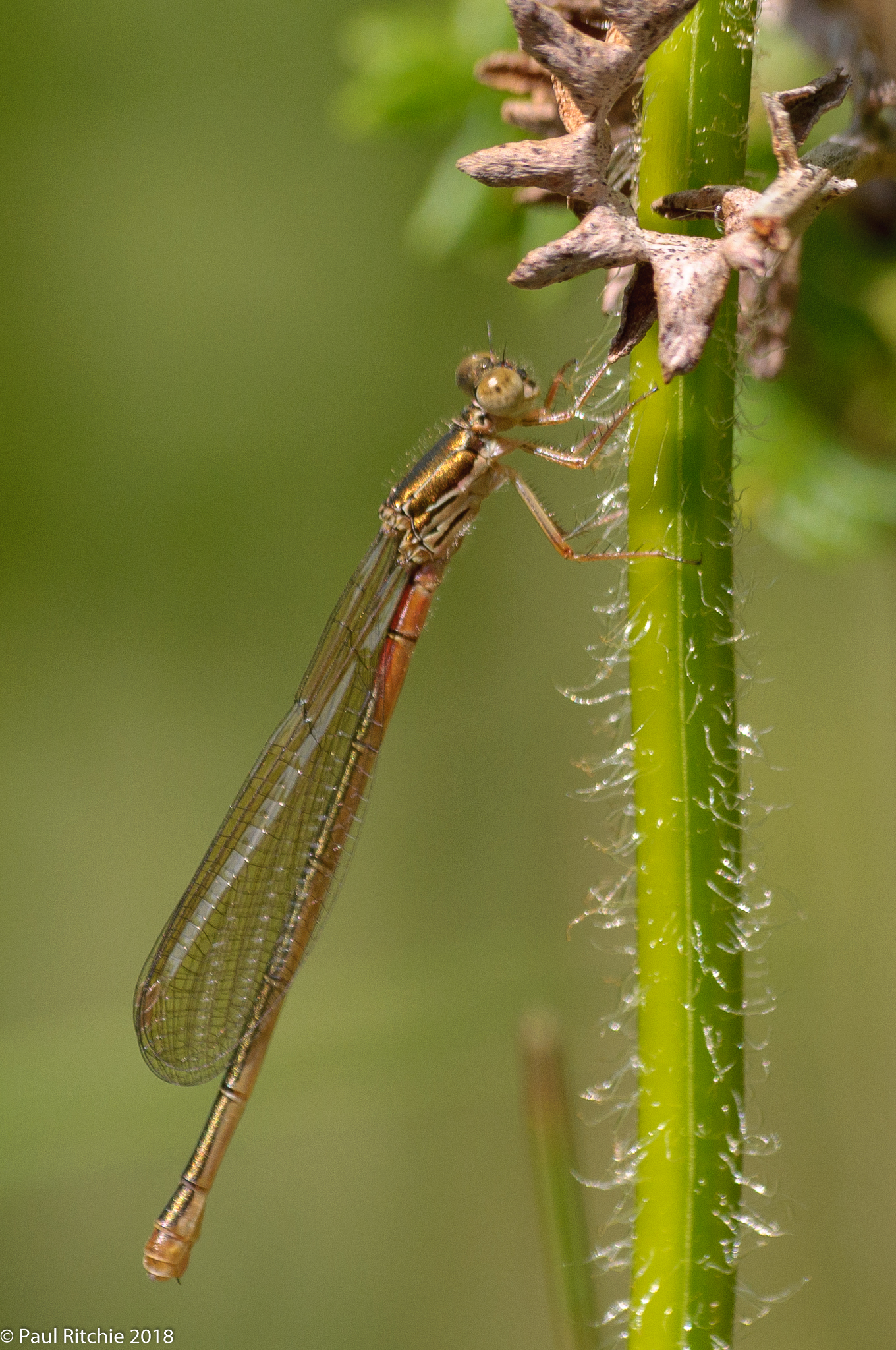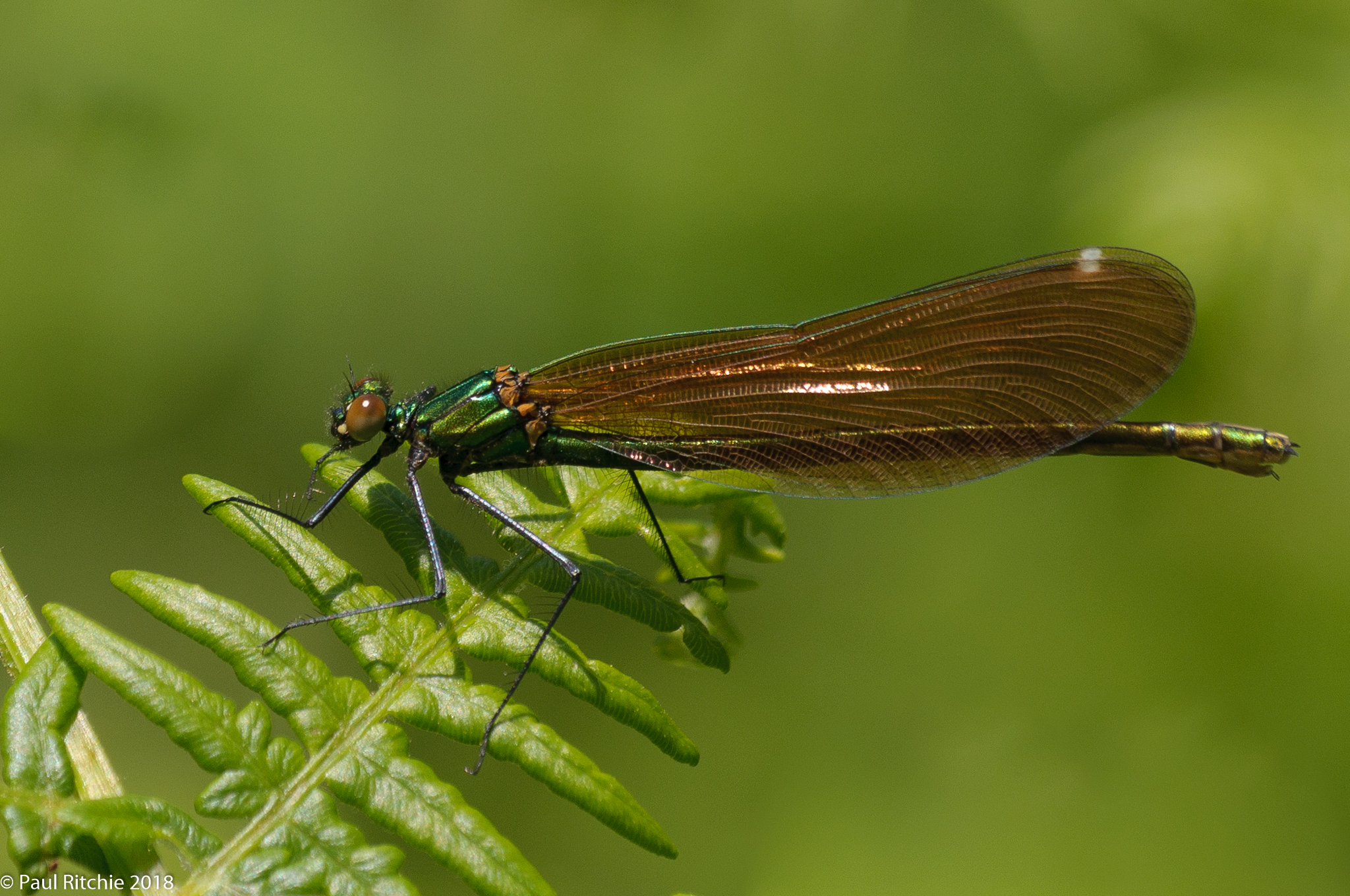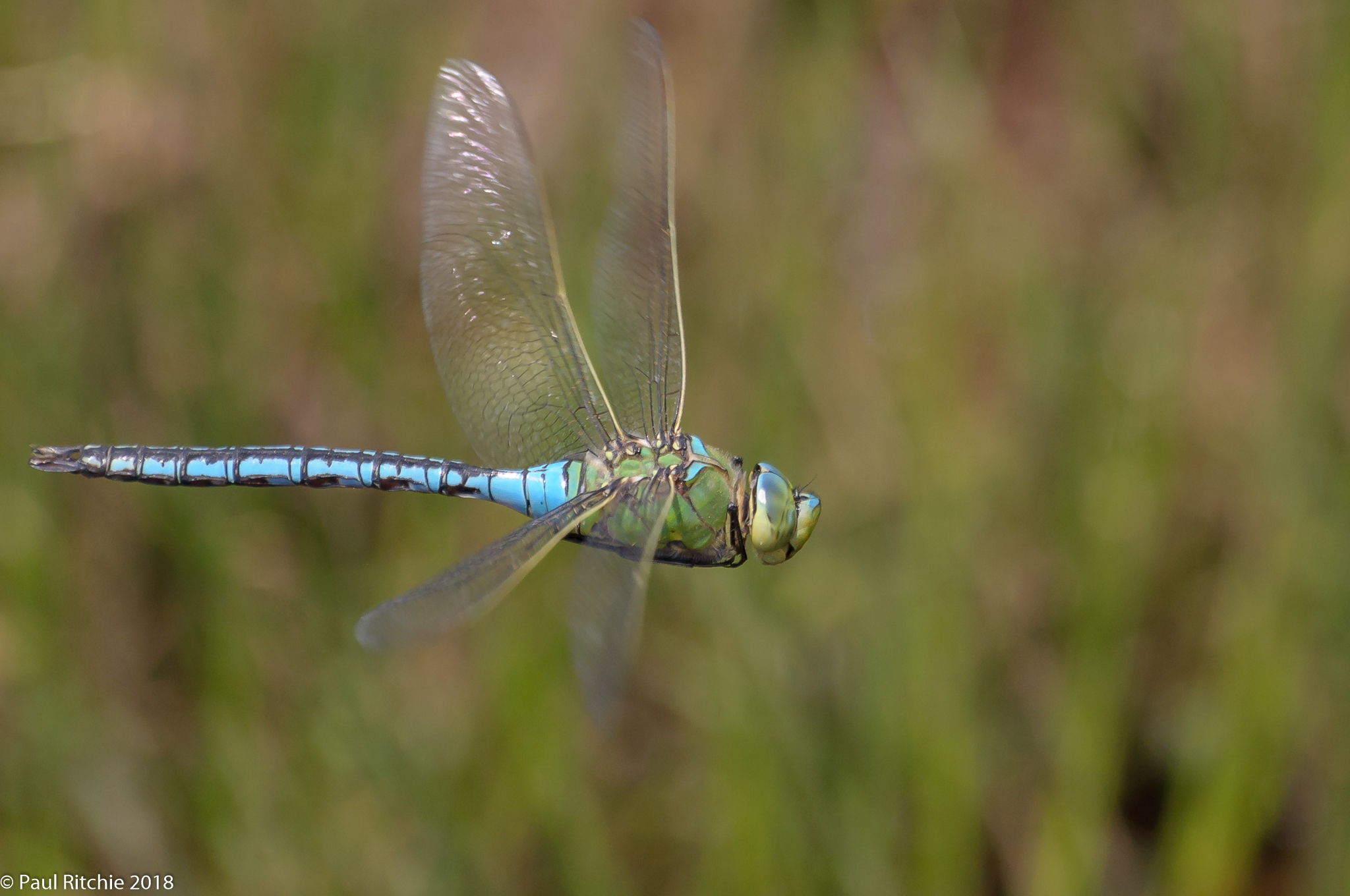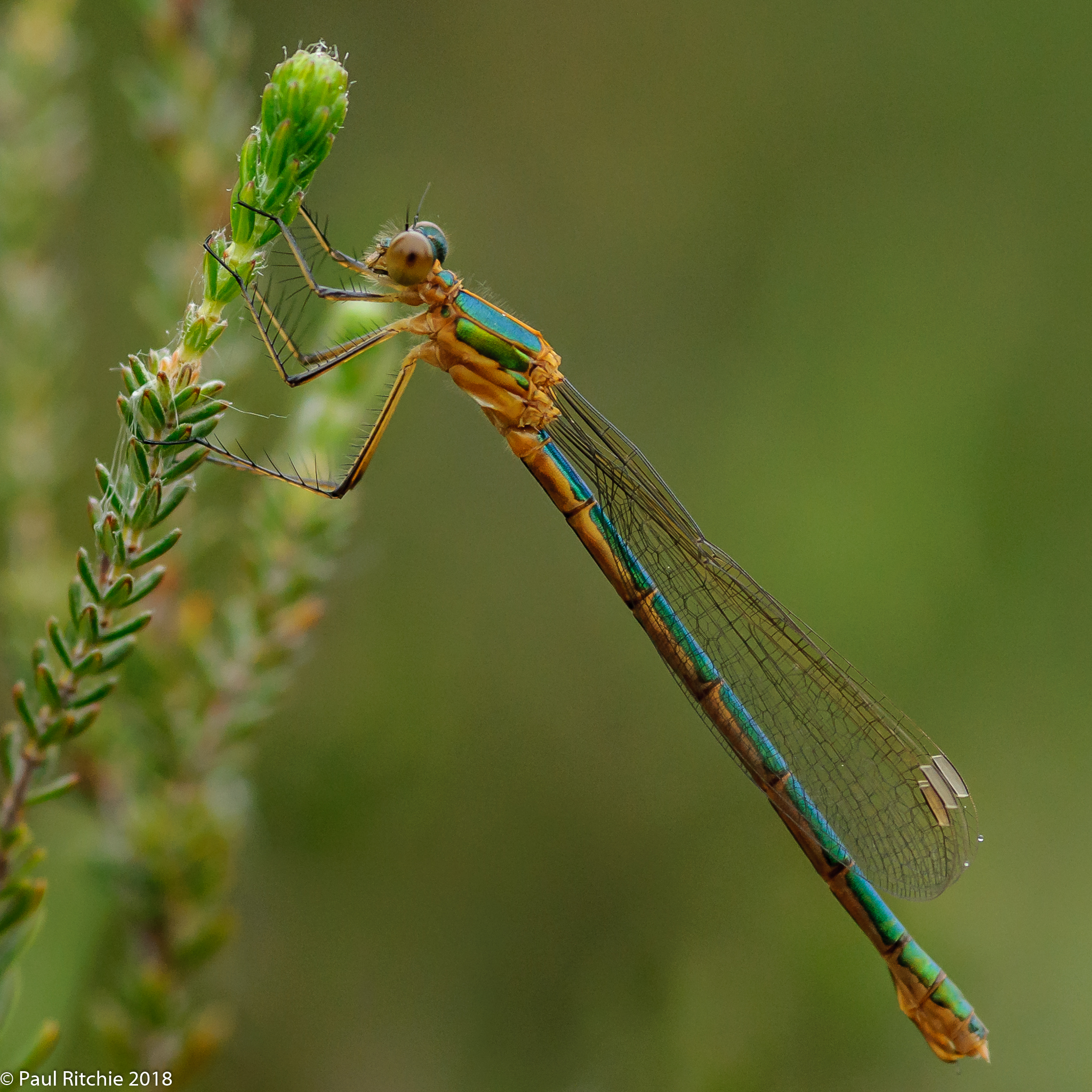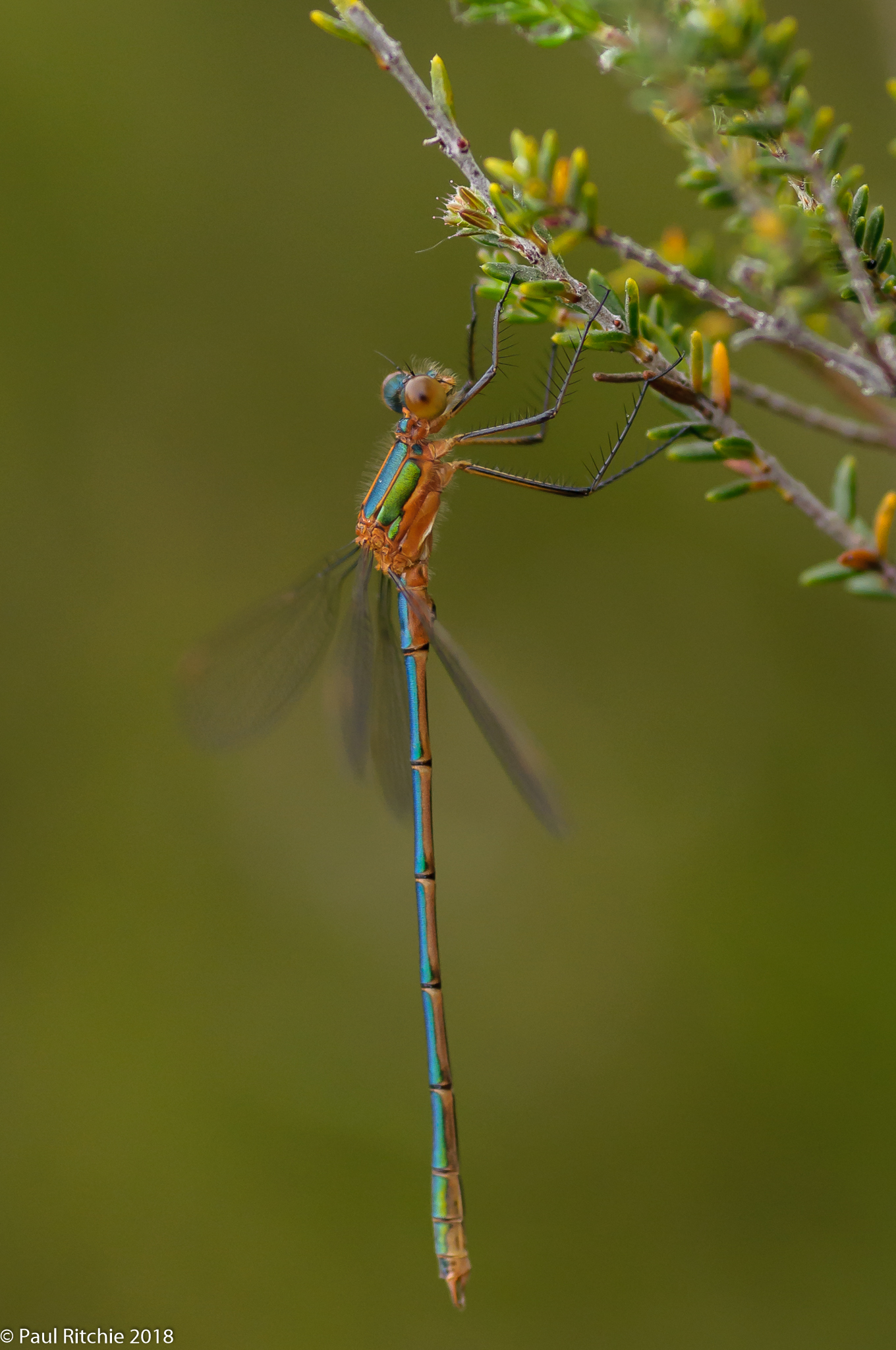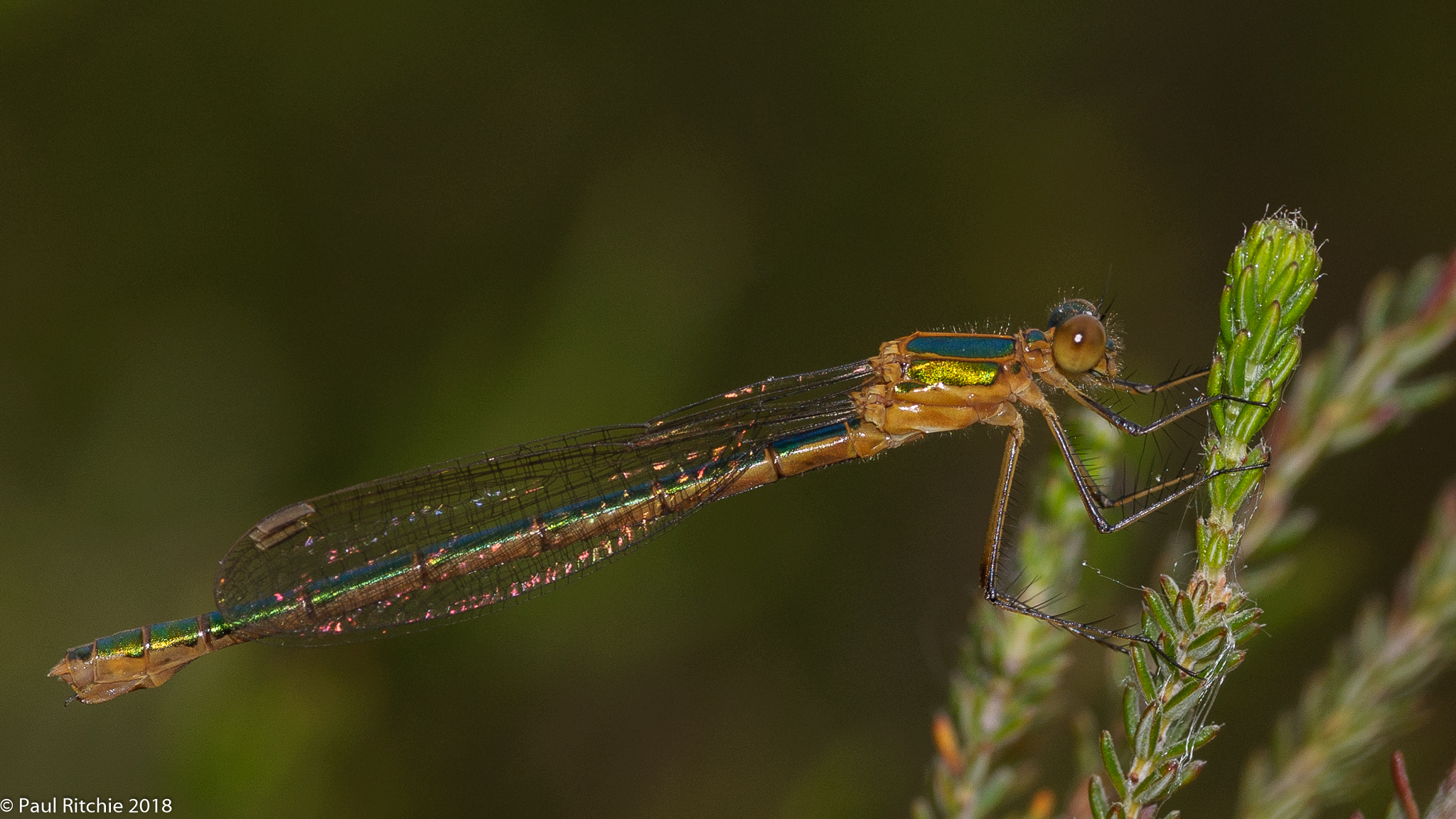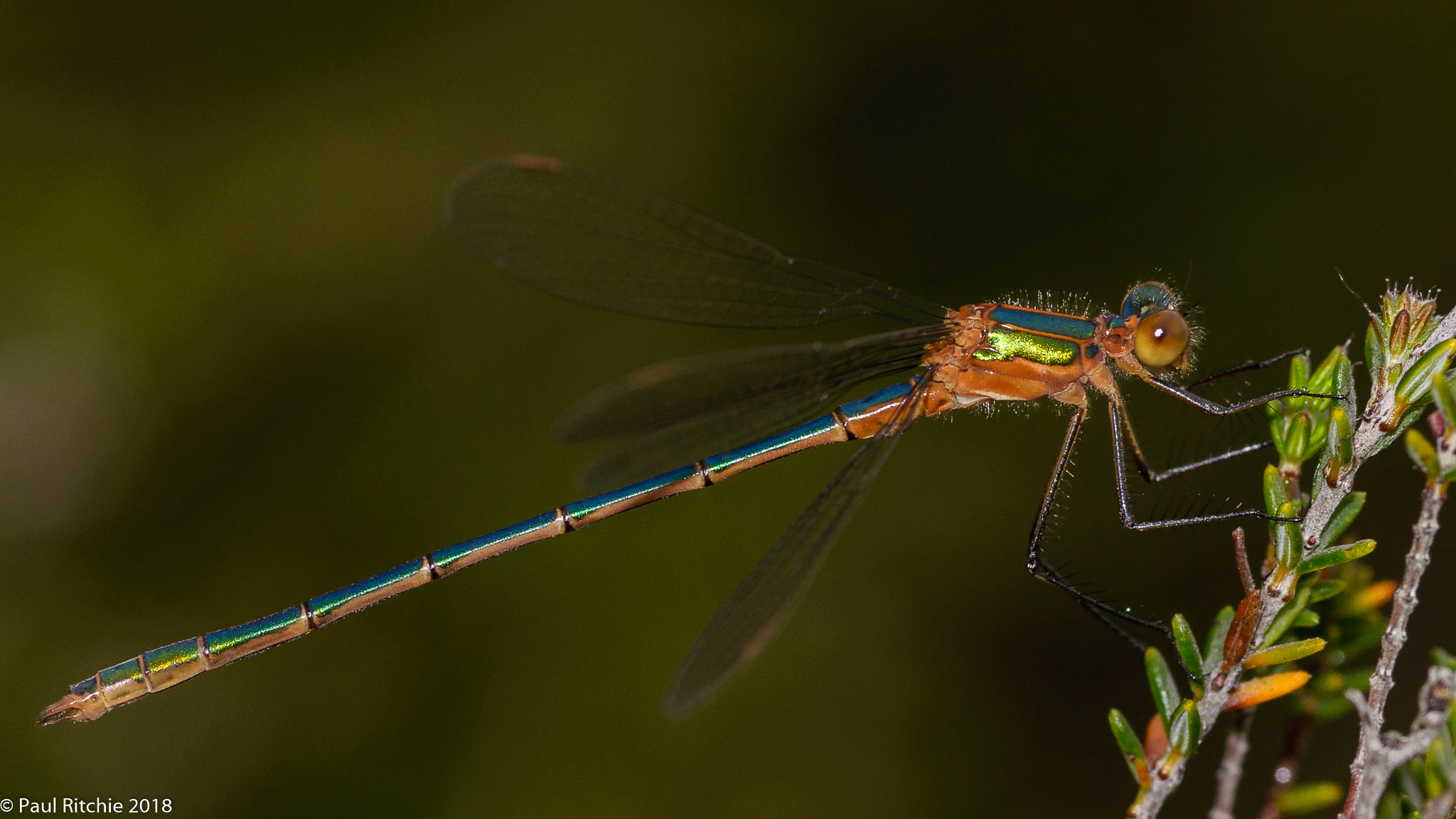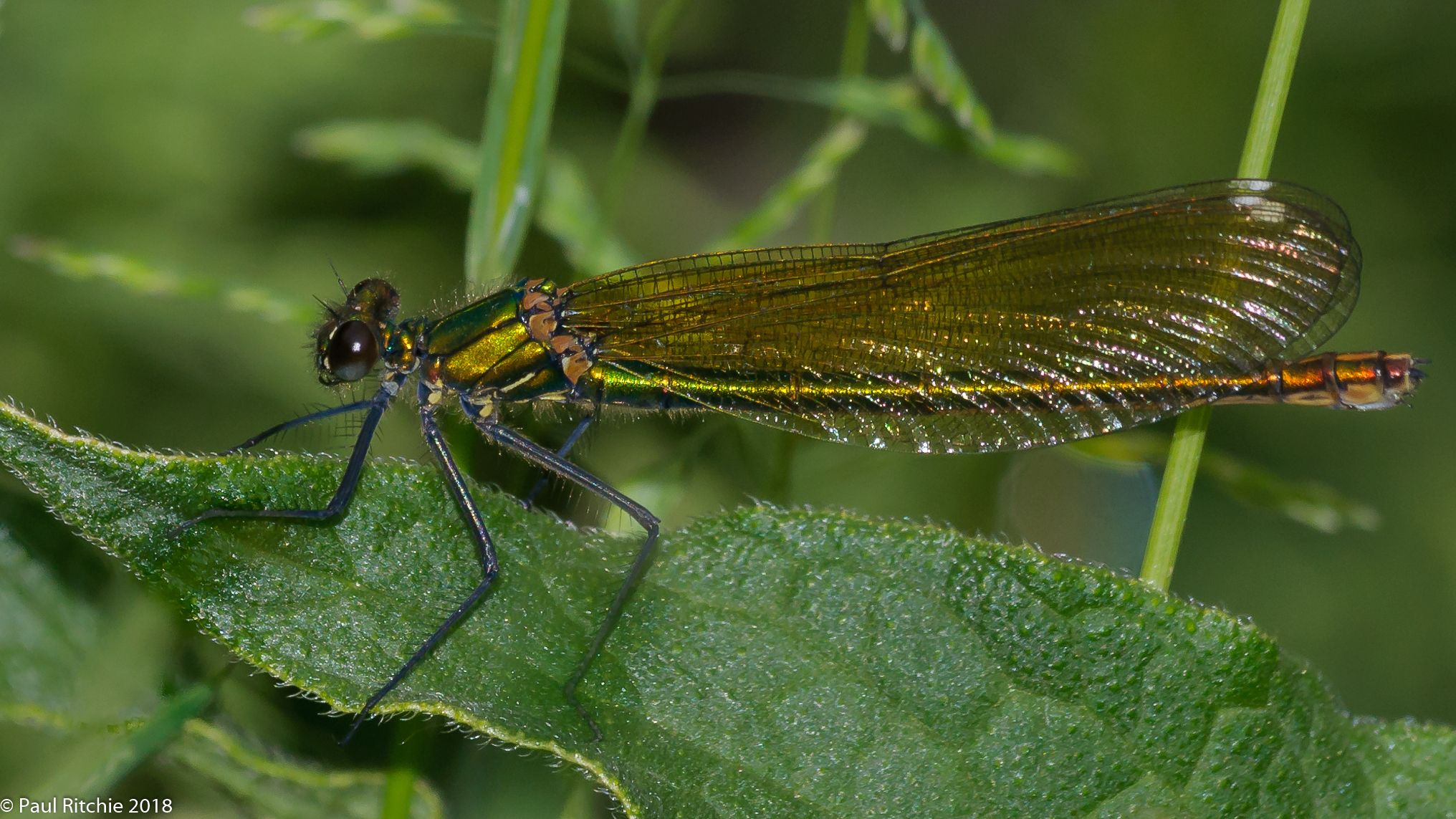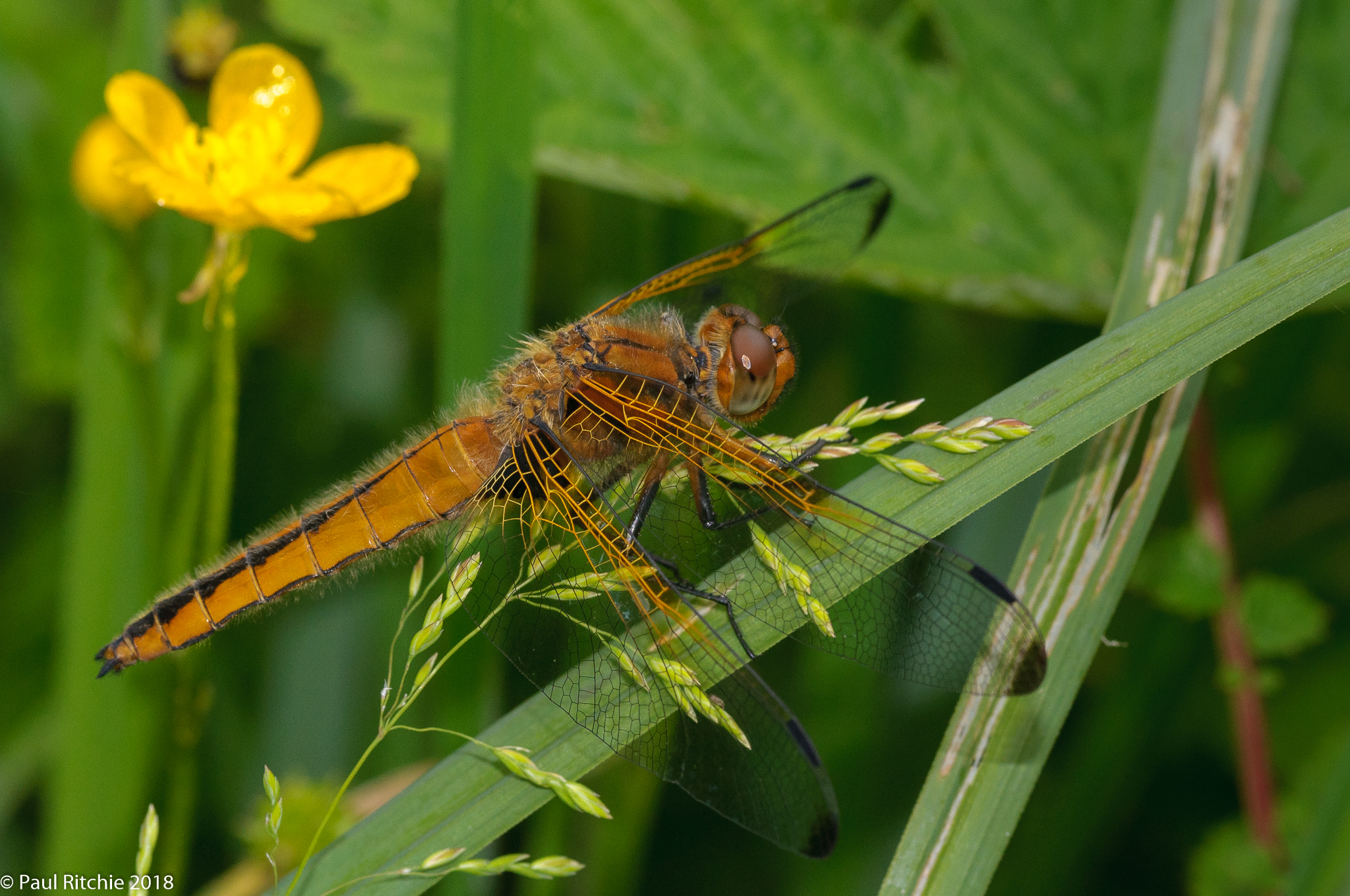Wednesday 13th June
The time was right for another New Forest visit, this time connecting with our White-legged Damselfly populations along the Blackwater and Ober streams.
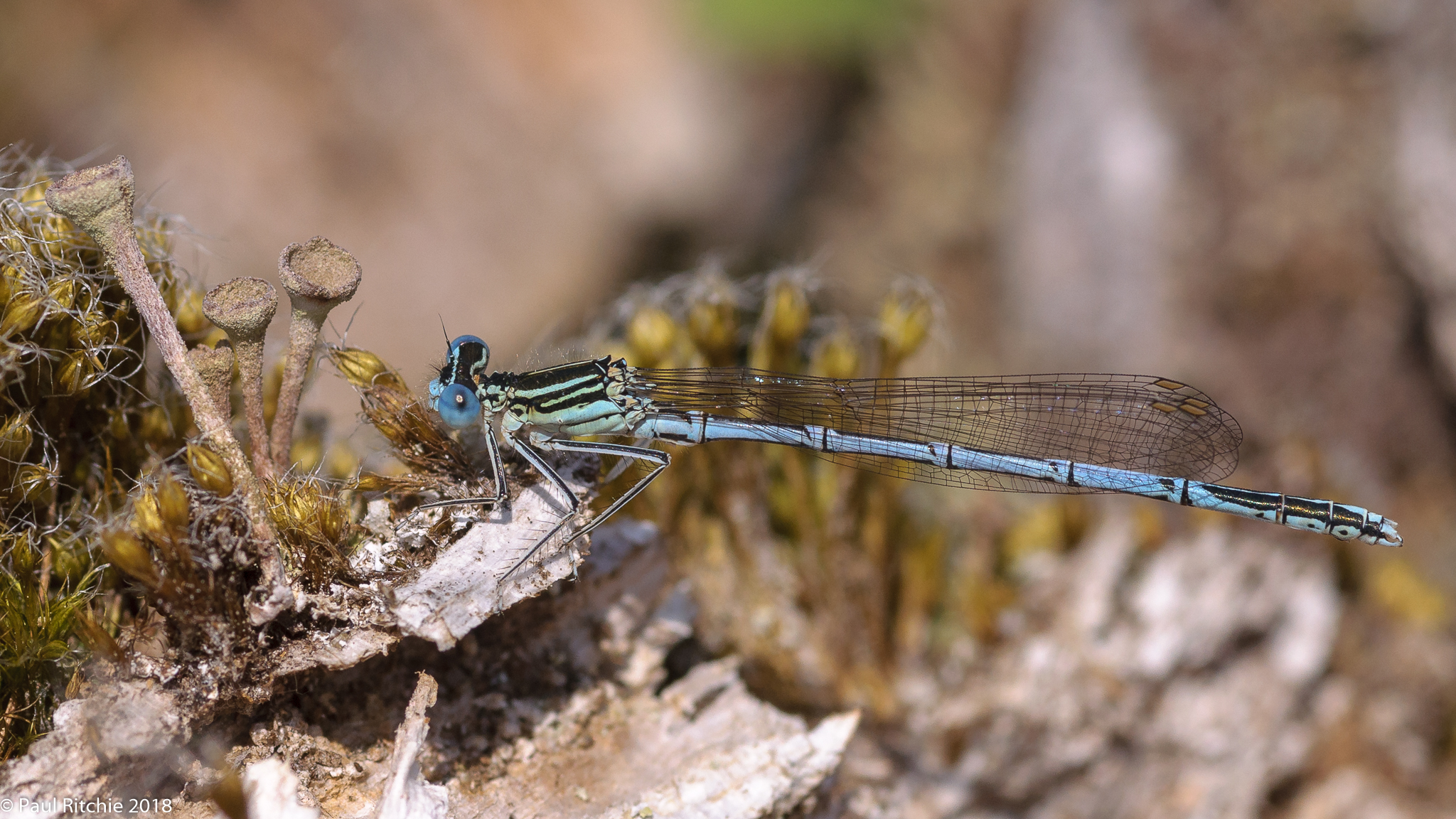
Starting at Dames Slough Inclosure it wasn’t long before I found my first White-legged holed up in the grasses to the south of the stream.
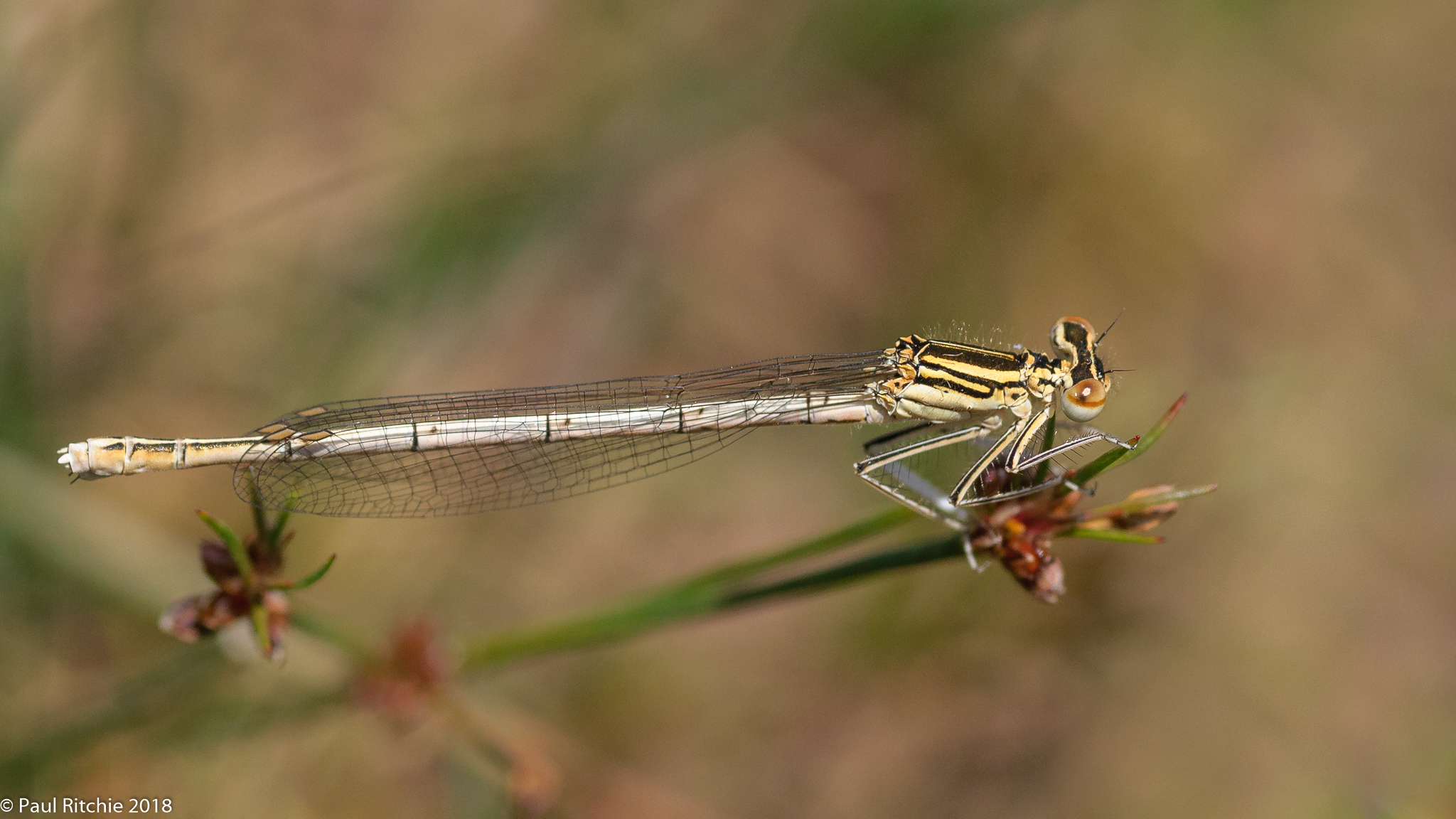
Plenty of opportunities meant I could ditch the long lens and concentrate on using the macro for the first time in a while.
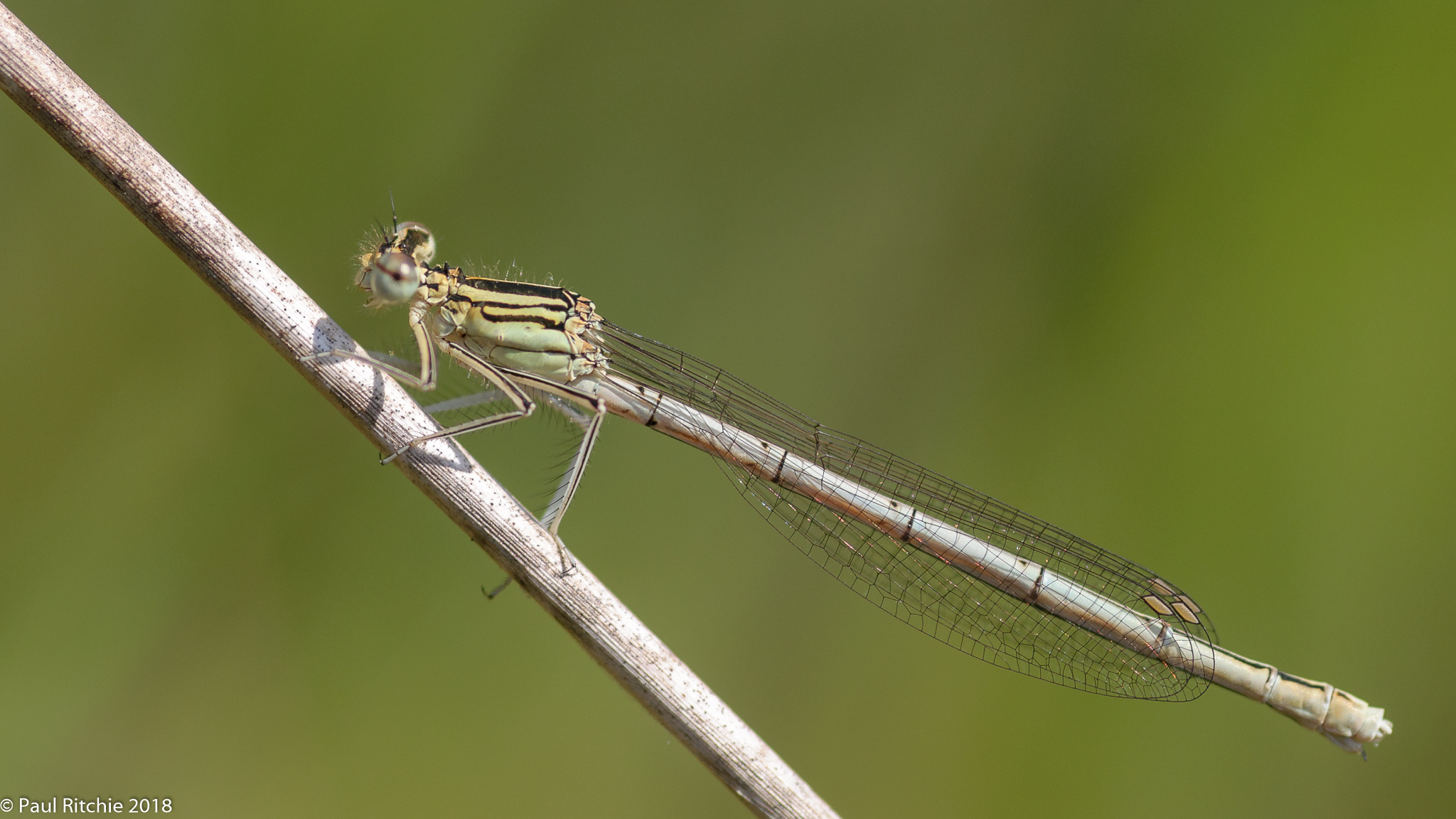
Along with the WLD a good number of Beautiful Demoiselles were populating the stream while fresh Keeled Skimmers were rising from the shore.

Taking refuge in the scrub was a fresh Common Darter.

Crossing the stream to the north bank provided the best displays with Beautiful Demoiselle, Southern, White-legged, Large Red and Keeled Skimmers all enjoying the sunshine, some undoubtedly more than others.
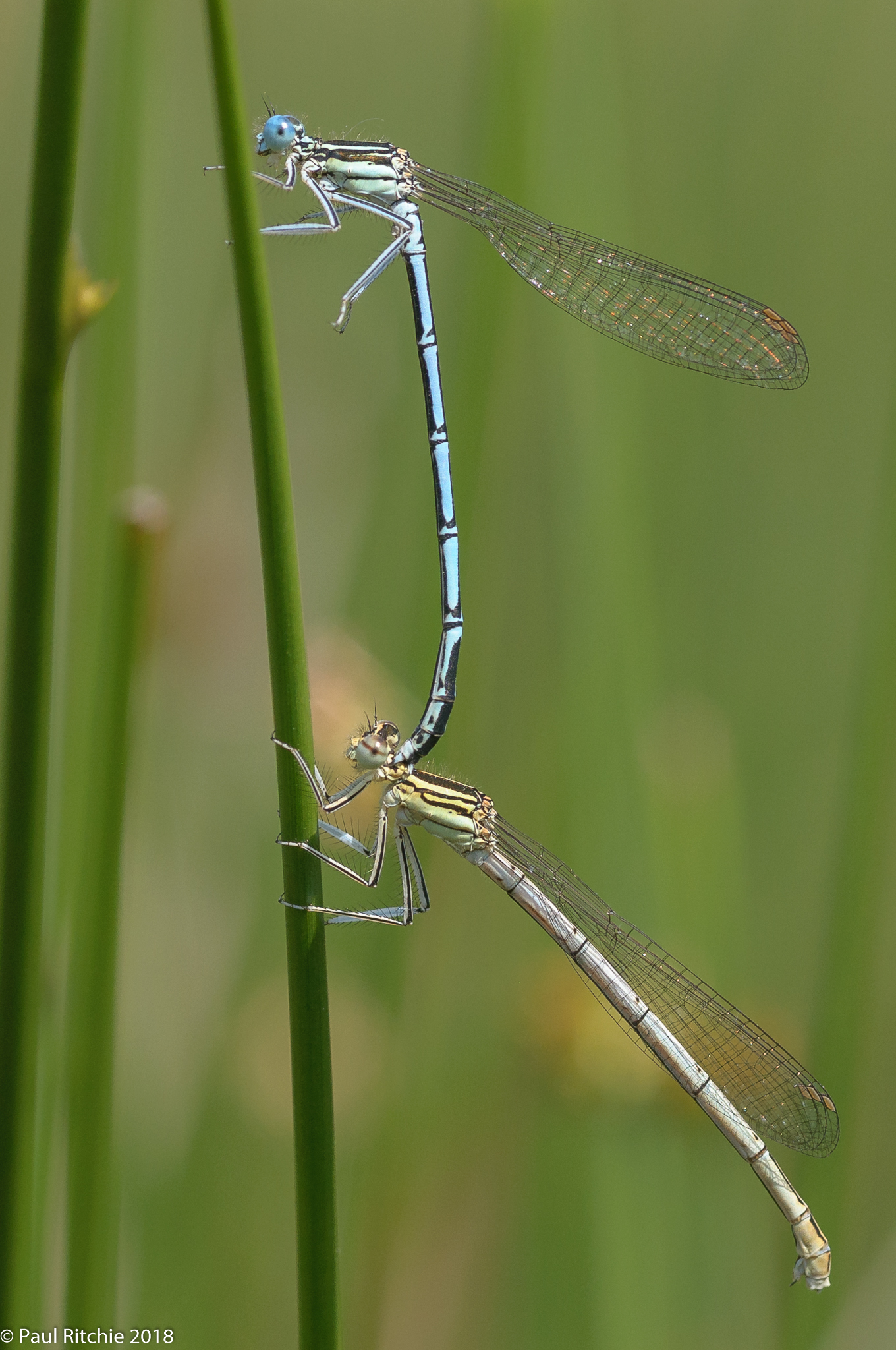
I spent a good couple of hours here observing and enjoying the spectacle and in hindsight should probably have stayed put, but with Ober Water close by I couldn’t resist a stroll along one of my favourites.
Unfortunately the wind was more noticeable here and this subdued activity along the stream; even the hot-spots were lacking. Regardless I carried on a circular route, returning along the top paths where at least I found a couple of Golden-ringed feeding along the path, although unwilling to stay around for a shot.
Monday 18th June
Halfway through June already and a decidedly different climate than May curtailed any outings until Monday. Although the forecast wasn’t ideal I found myself enjoying bright, if breezy, sunshine at Town Common.
The first pond had enough Four-spotted Chasers and an Emperor patrolling among the damsels in a perfect summer spectacle. The Emperor even came in to perch long enough for me to switch lens and practice some stealth.

The first Darter spotted was a young male Common, one of a number encountered today.
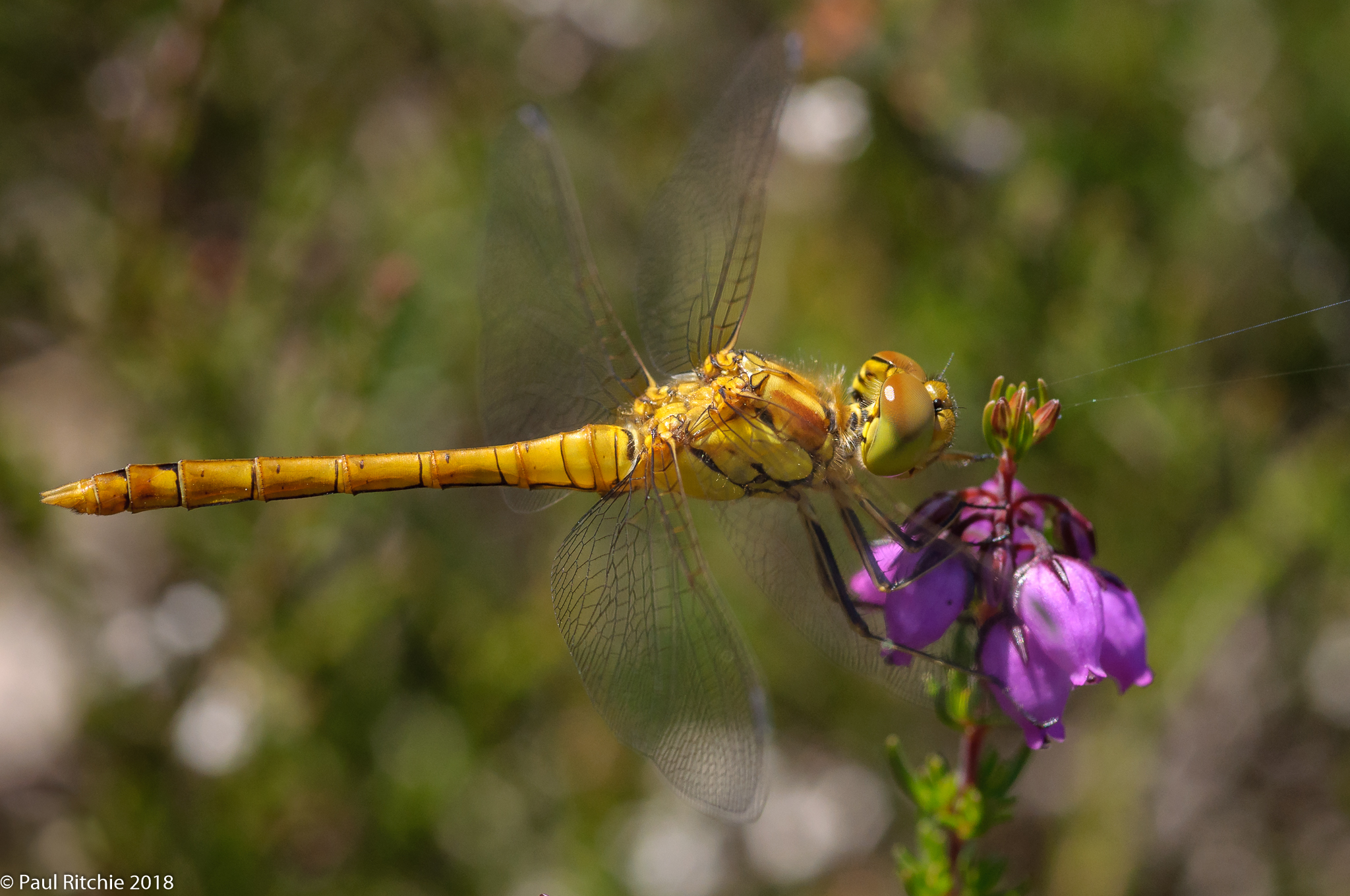
However it was the Black Darter I was hoping for, and I wasn’t disappointed. Several fresh individuals at this little pocket of heath to keep me busy, however I had to wait until later to get the shot I was after.
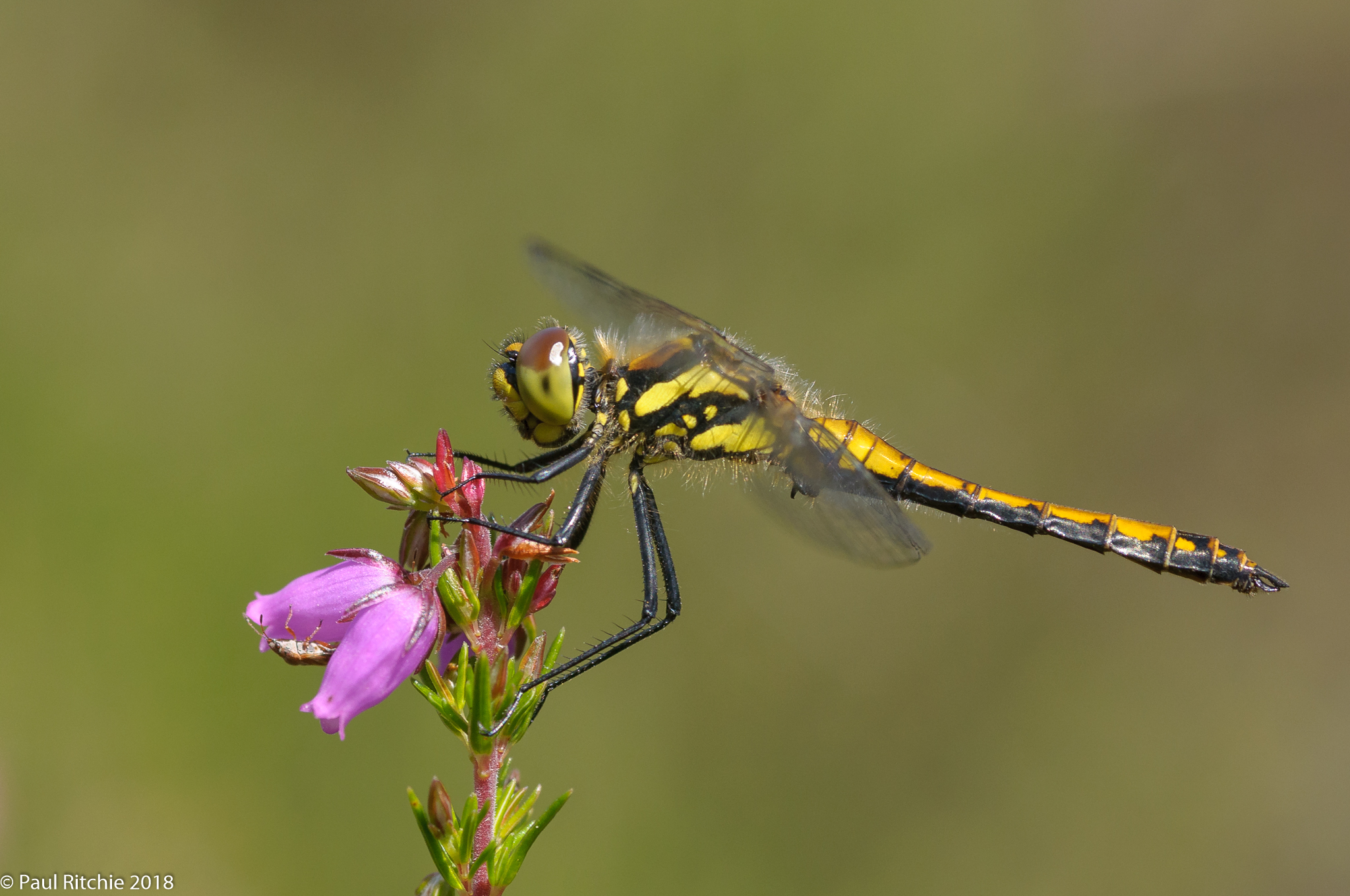
Beautifully situated on fresh blooming heather. Doesn’t get much better than that, however in the interest of diversity best I include a female.
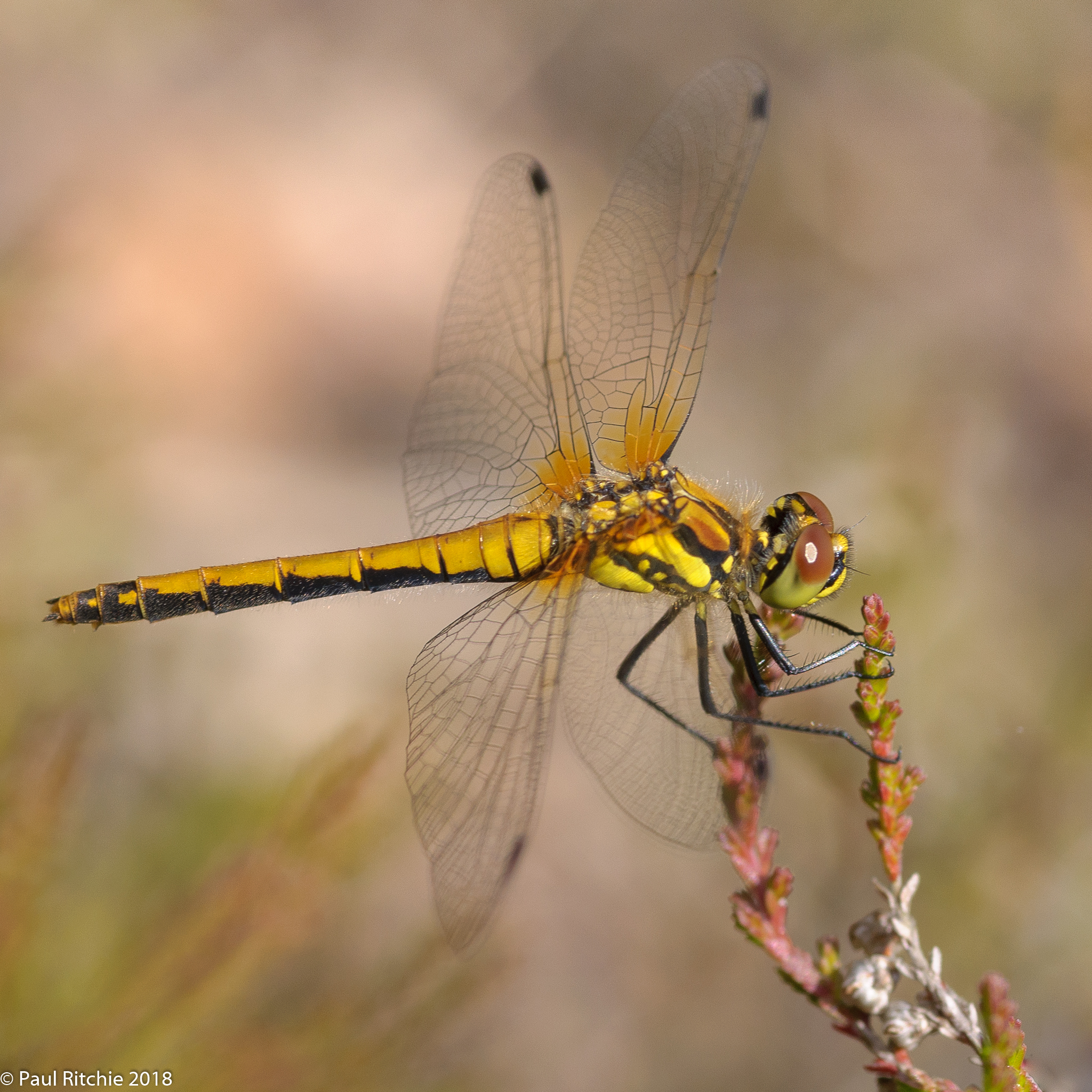
From the young headwaters of the Lymington River to the lowland heath across the Avon, these past two outings within the New Forest catchment area have reinvigorated yours truly with renewed faith in staying local.
I’ve already planned the next sunny day. Now I just have to wait…

